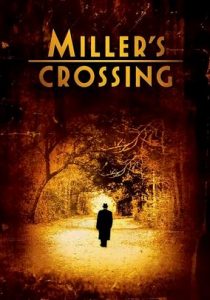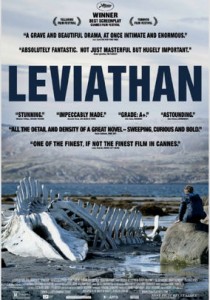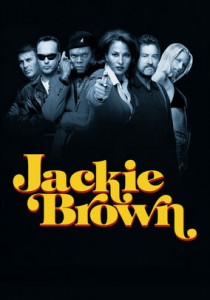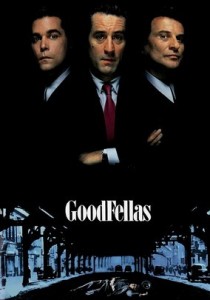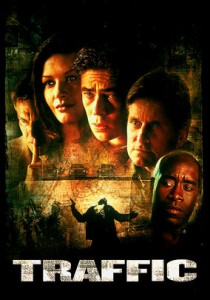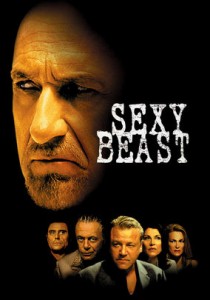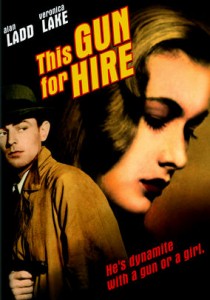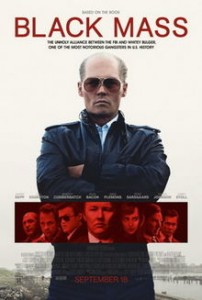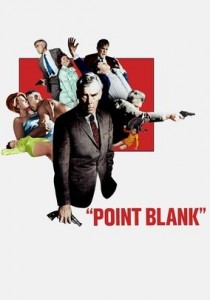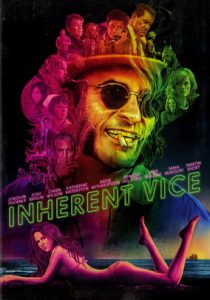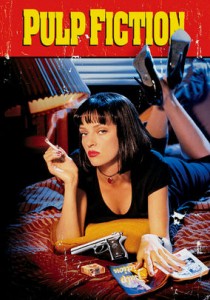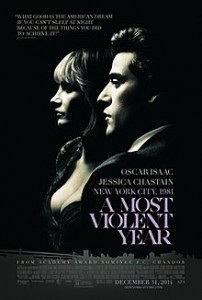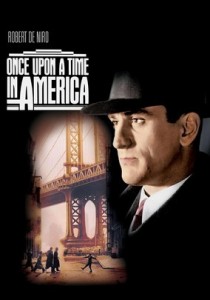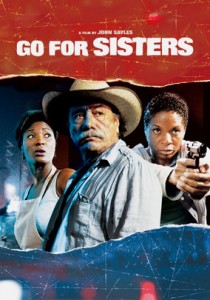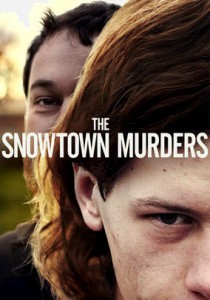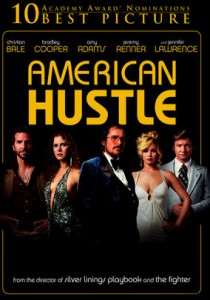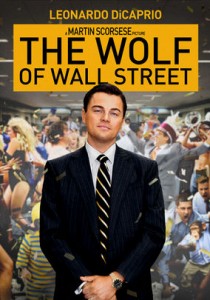Miller’s Crossing-1990
Director Joel Coen
Starring Ethan Coen, Gabriel Byrne
Scott’s Review #394
Reviewed April 13, 2016
Grade: B+
Containing a mixture of The Godfather Part III, Goodfellas, and The Grifters- ironically all released in 1990- Miller’s Crossing is an old-fashioned gangster film made fresh thanks to the direction of Joel Coen.
He brings a quirky edge to the film, throwing in a blend of film noir, black humor, and edgy characters, that make the film storyline feel fresh and alive in the present.
It has a definite late 1980’s era cinematic look (not a compliment).
I could immediately tell which decade it was made. Miller’s Crossing begins slowly, but during the second act gains steam and is the best part of the film.
The film is set somewhere in New York during the 1920s Prohibition period- it is assumed New York City, but this is never stated.
The general story involves Tom Reagan, a handsome Irish gangster, and right-hand man of Leo O’Bannon (Albert Finney), who becomes involved in conflict with Leo, his lover Verna (Marcia Gay Harden), and her brother Bernie (John Turturro), who is wanted dead by rival Italian mobster, Johnny Caspar.
Johnny’s right-hand man “Dane” comes into play, as does another gangster, Mink, played by Steve Buscemi. Tom changes allegiances and plays one mob boss against the other as a web of deceit, tested loyalty, and murder ensues.
As the first half concluded I was not completely sold on the film.
How many times have I seen a gangster film with all the stereotypical elements, the tough-guy shtick, and the contrivances?
I was afraid I was watching a retread of similar films.
I wondered what the point of the film was- the relationship between Tom and Leo’s struggle for power and control. A triangle between Tom, Verna, and Leo?
I noticed little chemistry among any of them and could not help but wonder if a female presence was required in the film, but not all that necessary. Regardless, I was quickly bored with the character of Verna.
But then the elements of the film started to come together and some rather left-of-center nuances presented themselves leaving me more engrossed.
A homosexual triangle (seldom seen in traditional, crime/mob films) took shape between Mink, Dane, and Bernie. All vicious killers had no stereotypes often seen in the film, which is refreshing.
Dane was arguably the most brutal of all the characters, and the bloodletting was plenty. I found this reveal completely refreshing not to mention unexpected.
However, the intricacies of the triangle were left unexplored. They simply bedded each other.
A pivotal scene set in the woods (Miller’s Crossing) is as gorgeous as it is character-driven. Tom must choose between killing Bernie and proving his loyalty to the mobsters awaiting, or secretly letting him live, fake his death, all in the name of his love for Verna.
But will his decision come back to haunt him? Is Tom, at his core, a good man or a bad man?
The calm of the forest mixed with the brutality of the film is perfect. I was reminded of the 1970 Italian masterpiece The Conformist as I viewed this beautiful scene. Tom’s conflict between good and evil and his earlier premonition of a tumbling hat comes into play.
His character conflict reminded me of Michael Corleone in The Godfather films.
Look quickly and you will see Frances McDormand, soon to be a fixture in Coen films, as a slinky, well-dressed secretary. We are reminded of great things to come by this then-unknown talent.
A nice thing that I always look forward to in Coen films are the quirky, weird, fun, minor characters, and Miller’s Crossing is no different- Johnny Caspar’s overweight wife and son- an Augustus Gloop from Willy Wonka and the Chocolate Factory lookalike- give comedy to the potentially too dark film.
From Bryan to Tic-Tac, to the fat lady with the purse, all give amusing and meaningful turns that give the film a richness with an unusual cast of characters.
Miller’s Crossing (1990) proves to be a nice little film once it picks up steam and the intertwining of stories, characters, and a bit of classic film noir mixed in, makes it a refreshing take on an age-old genre of film.
